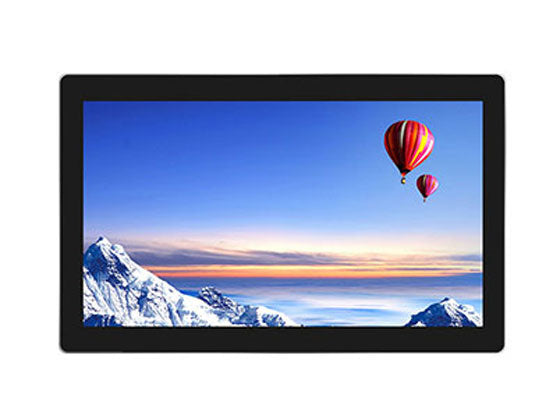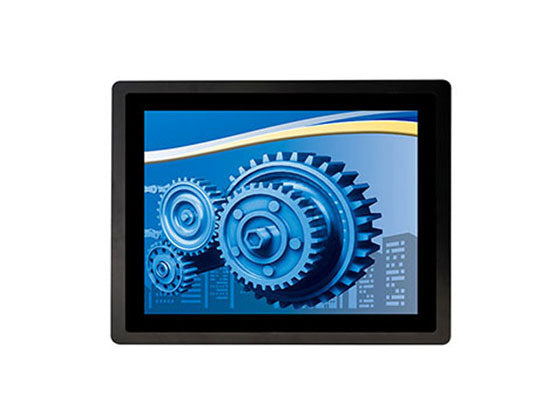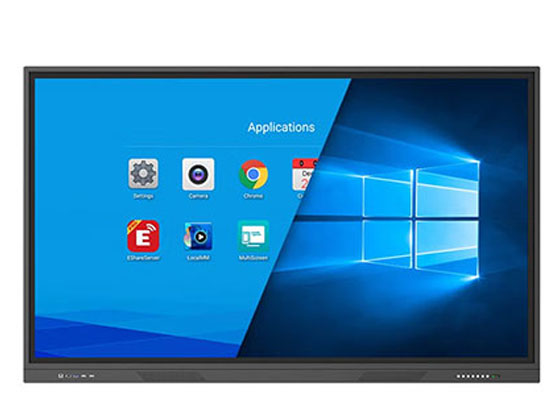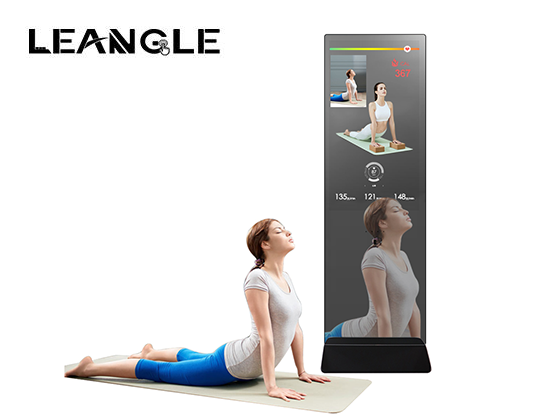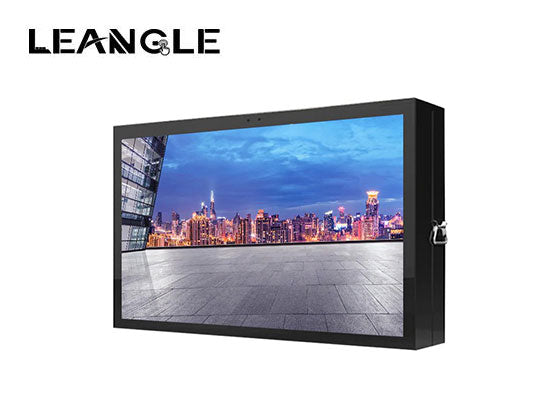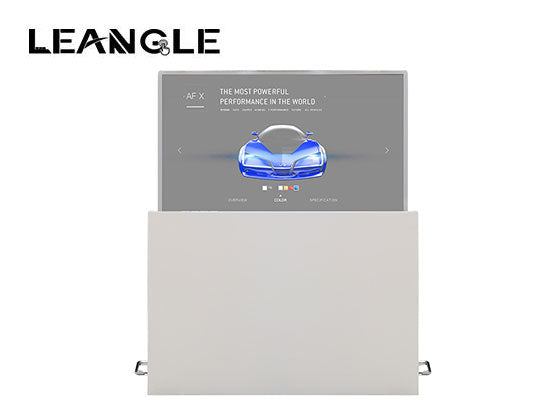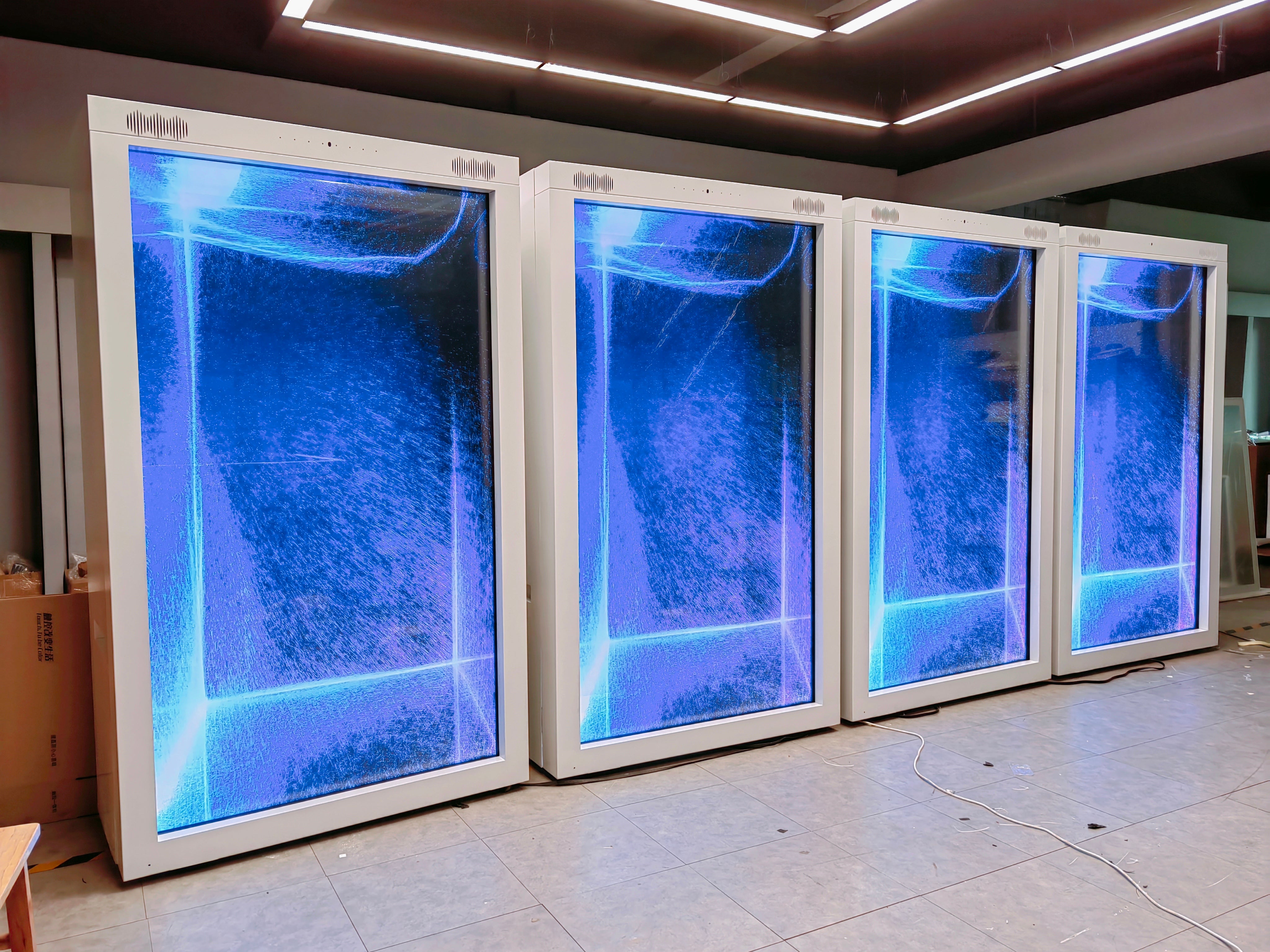Touchscreens have become an integral part of our daily lives, allowing us to interact with our devices in a more intuitive and convenient way. But have you ever wondered how they actually work? In this blog post, we will explore the differences between three common types of touchscreens: infrared, resistive, and capacitive. By understanding their unique features and functionalities, you can make an informed decision when choosing a touchscreen device.
What is an Infrared Touchscreen?
An infrared touchscreen uses a grid of infrared light beams to detect touch. When you touch the screen, it interrupts the infrared light beams, and the sensors can pinpoint the exact location of the touch. This type of touchscreen is known for its high accuracy and durability, making it ideal for applications that require precise touch input, such as gaming or drawing.

How Does a Resistive Touchscreen Work?
A resistive touchscreen consists of multiple layers, including two flexible sheets coated with a resistive material and separated by tiny air gaps. When you press the screen, the layers come into contact, creating a change in electrical current. The touch controller then calculates the coordinates of the touch based on the change in current. Resistive touchscreens are known for their affordability and compatibility with stylus input, but they may not be as responsive as other types.
What Makes a Capacitive Touchscreen Different?
A capacitive touchscreen uses the electrical properties of the human body to detect touch. It is made of a glass panel coated with a transparent conductor, such as indium tin oxide. When you touch the screen, it creates a disturbance in the screen's electrostatic field, allowing the touch controller to determine the touch location. Capacitive touchscreens are known for their excellent responsiveness and multi-touch capabilities, making them popular in smartphones and tablets.
Which Type of Touchscreen is Right for You?
Choosing the right touchscreen depends on your specific needs and preferences. If you require high accuracy and durability, an infrared touchscreen might be the best choice. If you are on a budget and need compatibility with stylus input, a resistive touchscreen could be a suitable option. And if you prioritize responsiveness and multi-touch capabilities, a capacitive touchscreen would be the way to go.
Ultimately, the difference between infrared, resistive, and capacitive touchscreens lies in their underlying technology and the specific use cases they cater to. By understanding these differences, you can make an informed decision when selecting a touchscreen device that best suits your needs. Whether you're a gamer, an artist, or a tech enthusiast, there's a touchscreen out there that will enhance your digital experience.


